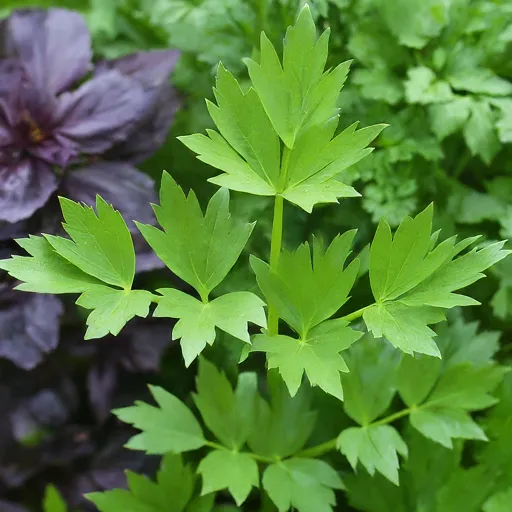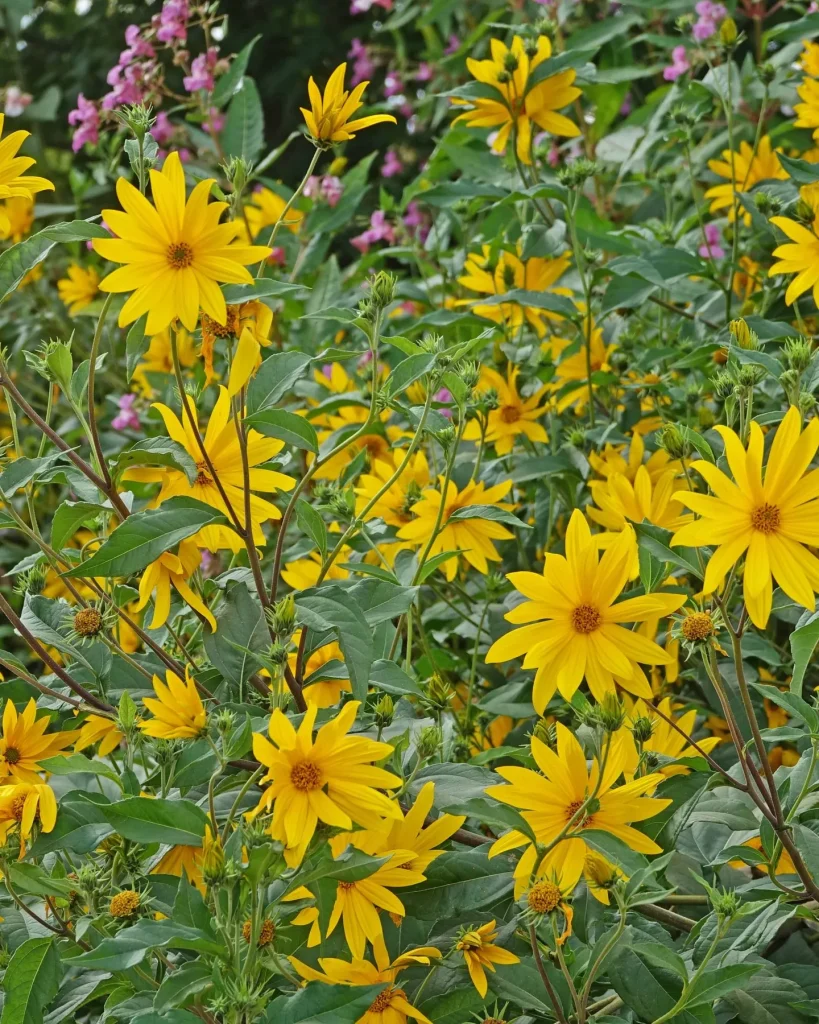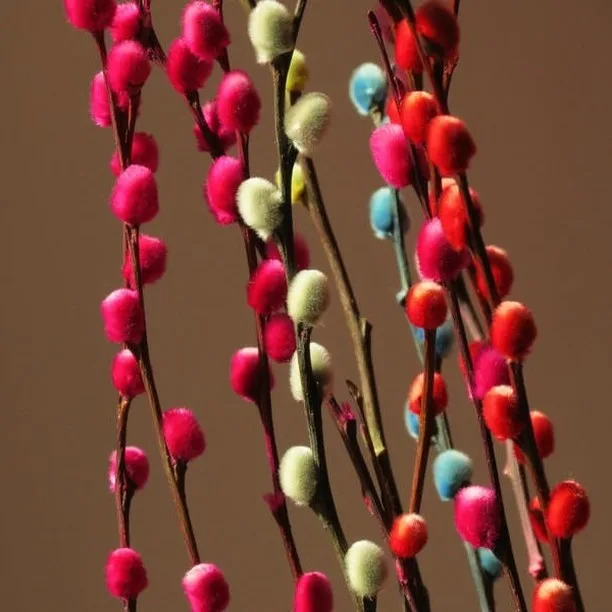Exploring the Schizaeaceae Family
When I first delved into the world of ferns, I found the Schizaeaceae family particularly fascinating. It’s a lesser-known family in the plant world but holds some unique species that have managed to capture my attention. This family consists of three main genera: Anemia, Lygodium, and Schizaea. Each brings something distinct to the table, whether in their appearance, growth habits, or the environments they thrive in. I’ll walk you through what I’ve learned about these intriguing ferns and share my personal thoughts on what makes them stand out.
Anemia: The Delicate Beauty of the Fern World
One of the first genera I explored in the Schizaeaceae family was Anemia. What strikes me about Anemia species is their elegance. These ferns are delicate, often referred to as “flowering ferns,” not because they bloom but because of their graceful appearance and how their fertile fronds stand out from the rest. The contrast between the fertile and sterile fronds gives them an ornamental look, which makes them quite appealing for a fern enthusiast like myself.
One of my favorite species in this genus is Anemia mexicana, which has a distinct texture and feathery fronds. In my experience, they are somewhat sensitive and need a bit of attention when it comes to humidity and light. They prefer shady environments, so I’ve always kept them in areas of my garden with filtered light. Their beauty is worth the effort, though, and I find that they bring a soft, woodland vibe to any green space.
Caring for Anemia ferns requires well-draining soil, and I’ve noticed they thrive best when their roots aren’t constantly waterlogged. They’re quite different from the more hardy ferns I’m used to, but with the right care, they reward you with their subtle charm.
Lygodium: The Climbing Fern with a Mind of Its Own
The genus Lygodium, often called the “climbing fern,” is entirely different from the delicate Anemia ferns. These are vigorous climbers, and if you give them the chance, they will stretch out and take over structures, trees, or whatever they can latch onto. It’s fascinating to watch them grow. I’ve grown Lygodium japonicum, also known as Japanese climbing fern, and it was an entirely new experience for me in terms of fern care.
Unlike most ferns that tend to stay compact, Lygodium grows in long, vine-like fronds that can climb up to several meters. In my garden, I’ve let them grow on trellises, and it’s amazing how quickly they can cover an area. However, I did have to keep an eye on them because they can become invasive if left unchecked. This makes them a bit of a double-edged sword, especially in environments where they can spread beyond your garden.
Lygodium ferns are also quite resilient. They seem to handle different soil types and moisture levels better than other ferns. I’ve had mine growing in both moist, shaded spots and more open areas, and they seem to adapt. But beware: they can easily get out of hand if you’re not diligent with pruning.
Schizaea: The Minimalist Fern with a Unique Twist
Lastly, there’s the genus Schizaea, which I find to be the most unique of the Schizaeaceae family. Schizaea species, particularly Schizaea dichotoma, have a minimalist look that’s quite different from the lush fronds you typically associate with ferns. They have simple, slender fronds that look almost like grass or rushes. If you’re into unusual plants that break the mold, Schizaea might be up your alley.
Schizaea ferns are fascinating because of their evolutionary adaptations. They often grow in sandy or rocky soils and seem to thrive in areas where most other ferns wouldn’t. I’ve found that they can be a bit harder to cultivate in a typical garden setting, mainly because they prefer very specific conditions—well-draining soils, lots of humidity, and often, acidic environments. This made it tricky to grow in my space, but the challenge was part of the fun.
What I love about Schizaea is how unassuming it is. It’s not a showy plant, but when you see it in its natural environment, it has a quiet elegance that draws you in. In many ways, it reminds me of grasses, but with a subtle twist that only a fern could pull off. It’s a minimalist’s dream fern, and I’ve come to appreciate its understated charm.
Why Schizaeaceae Is Worth Exploring
The Schizaeaceae family may not be as famous as other fern families like Polypodiaceae, but it has a unique charm that makes it stand out. Whether it’s the delicate and ornamental Anemia, the sprawling, energetic Lygodium, or the minimalist, nature-defying Schizaea, this family offers something for every type of gardener.
From my experience, these ferns are not for everyone, especially if you’re looking for low-maintenance plants. However, if you’re someone who enjoys the process of nurturing and adapting to a plant’s specific needs, they can be incredibly rewarding. Plus, their diversity in form and function makes them great additions to any fern collection. Just remember: patience and attention to detail will go a long way with these fascinating plants.
In conclusion, exploring the Schizaeaceae family has deepened my appreciation for ferns. Their adaptability, uniqueness, and beauty make them a valuable addition to my garden. Whether you’re a seasoned fern lover or someone looking to try something new, I highly recommend giving these genera a spot in your collection.
If i die, water my plants!



